Javier Sainz de los Terreros has been digital communication manager at the Prado Museum in Madrid since 2012. He is responsible for the institution ’s digital communication strategy and social media streams. In 2017 his digital content became globally recognized, as the intimate walks he filmed on a phone with a selfie-stick through the Prado’s empty galleries and his videos of ordinary museum workers talking about their favourite paintings were featured in the New York Times.
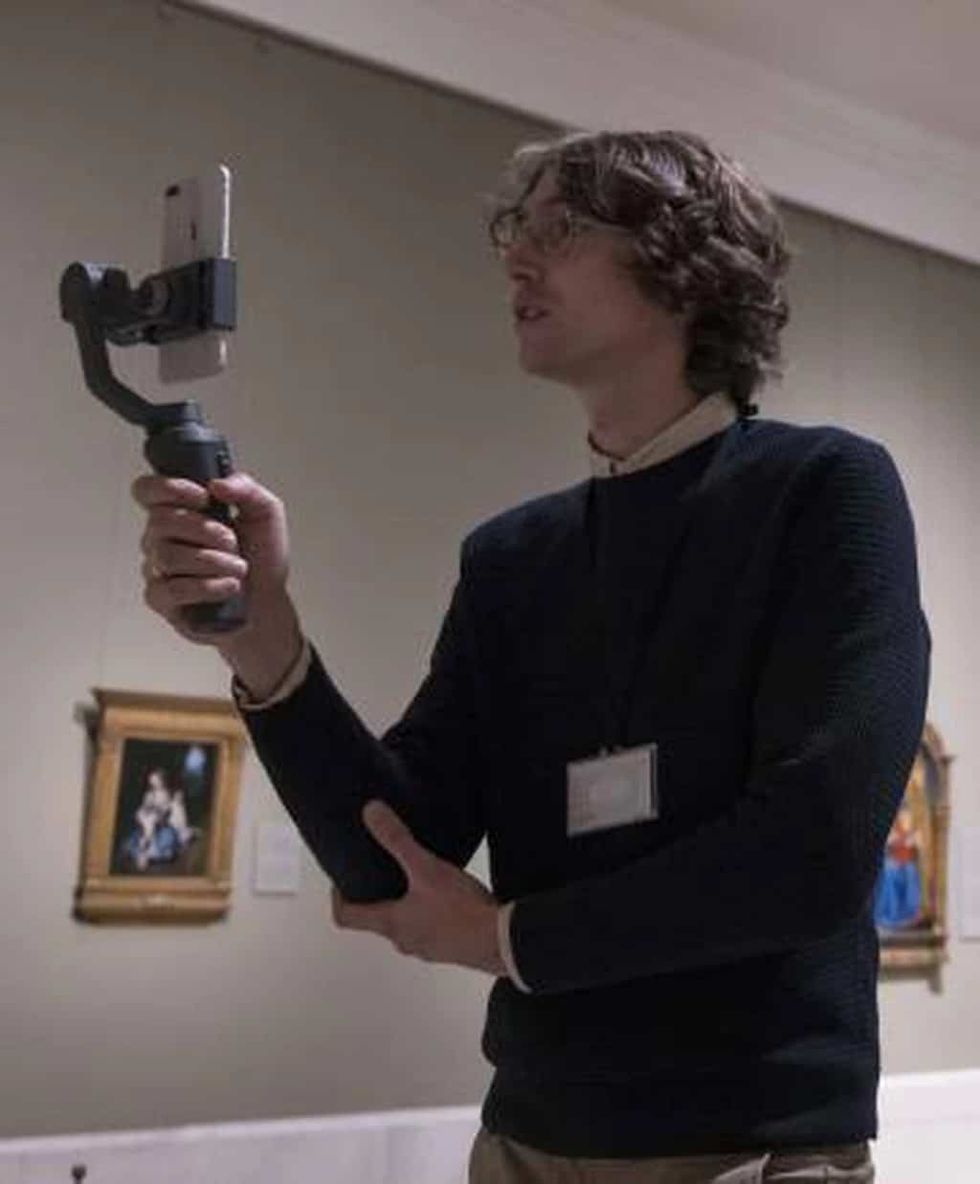
In 2019, he designed the #10YearChallenge campaign at the Prado Museum, with which the institution won a Webby, an award that celebrates excellence on the Internet, in the Social Arts & Entertainment (Series & Campaigns) category.
He spoke to blooloop about his unique approach:
“My background is in humanities. I have a degree in humanities, but also a degree in advertising and public relations. What I have always wanted to do is communicate about the things I love – culture, the arts, and museums.”
He outlines his route to his current role:
“I was lucky; in the end, everything fell into place. I was fortunate in being able to do an internship with the Friends of the Museo del Prado, and from there, once I finished my degree, I also had the opportunity to be part of the museum itself.”
A background in marketing
This was in 2007, when the Prado unveiled a spacious modernist extension, designed by the architect Rafael Moneo.
“I spent two years working in the press office, and creating advertising campaigns,” he says:
“Then I left.”
He spent four years doing other things, including working as marketing manager for a theatre, and, as Communication and Marketing Specialist for Asimetrica Marketing Consultancy for the Cultural Industries, coordinating the first Marketing of the Arts Conference in Madrid, and running workshops on digital analytics, audience development, CRM and ticketing.
In 2012, he returned to the museum as digital communication manager.
Part of this involves creating and managing content for all the social media streams. It is, he says, a fascinating role.
Exploring the Prado virtually
Five years ago, in the summer of 2017, the video series he created was a huge hit, eventually featuring in the New York Times.
“It was the beginning of video, really,” he says. “It was the era of Periscope, which was the live-streaming app that paved the way for other live streaming platforms like Facebook Live, Instagram Live, Twitch, and so on. We were just experimenting with this new tool to see what a museum like the Prado could do.”
He did some initial trials:
“People responded very positively. So then we started with Instagram.
"The kernel of the idea was that it is a privilege for a museum worker to be able to walk through the museum when it’s empty and to be alone in front of the masterpieces. It was a feeling I wanted to share with people, in a way that they would almost be able to smell the place and hear their footsteps echoing. It’s very special, and I wanted them to be able to experience that, and enjoy the paintings so much more, because of it.”
A relaxed approach
In the beginning, the videos were without commentary:
“I wanted to show the paintings in a relaxed way, so we started by just walking through the galleries and showing some paintings, without talking. Then people started commenting, and requesting, ‘Tell us about the paintings. Tell us something about Goya. Please show this, or show that.’ I realised that we had to have a discourse. We had to comment on some of the works. We started little by little with a comment that you could find information on our website.”
The video went out at the same time:
“It was important for us to do it at the same time every single day, from Monday to Friday,” he says.
“Initially, too, they were temporary. They remained for 24 hours. It wasn’t a conscious choice; that was just how the format was at the time. They were temporary, and that made it special. You had to be there – it was like a concert.”
The videos, shot each morning before the museum opened on a mobile phone camera, featured a member of the museum’s staff, who would talk for ten minutes about their favourite paintings. The staff member might be a curator, a guard, a cleaner, a restorer, or a scientist who analyses medieval pigments; each had their ten minutes.
Prado videos create a community of viewers
An increasing number of people watched the videos each day:
“Gradually, we started to grow a community that became bigger and bigger. People were really engaged; the comments were great. We also had the opportunity to reply to those comments, so people felt the Prado was showing a human side. of the museum. It was no longer this huge 19th-century building that could feel a little bit intimidating, a bit too for some people.
"Now it was something that you could access with your phone in your room. The barriers were no longer there.”
It was a democratising process, giving a voice to those who generally have no platform, and showing clearly that art is for everyone. One museum guard, used to patrolling galleries and shifting heavy artworks from one place to another, talked in his video about a painting by Jusepe Ribera, saying: ‘Ribera’s characters are people from the street.’
Finding new ways of looking
“The idea was to offer another approach to art,” Sainz de los Terreros says:
“We are so used to this academic perspective on art. Going to a museum is like passing an exam. You have to know who painted what, and that’s stressful. We didn't want that. We wanted people to feel welcome, to enjoy what is there, and to realise that if the Prado has paintings that are 500 years old, that is because those paintings are important for several reasons.
"You may find something in those paintings that you like. It doesn't have to be, necessarily, what your teacher thinks is important. You can find your own way of looking; you can find yourself in those paintings."
"What we did was focus on several things, not only art. We talked about that, obviously, but also talked, for example, about the flowers that you can find in paintings. We talked about medicine, science, and fashion.”
There was also a musical element:
“We had some who talked about music, and performed music in front of a painting, with the same instrument as the one shown in the painting.”
Importantly:
“We gave a voice to all kinds of people. Normally, when you see these interviews, they are by an expert, explaining down to the less knowledgeable. But usually, people who visit museums aren’t experts. They’re tourists or people who just want to enjoy something cultural. It needn’t be paintings; it could be theatre or music. Their view, how they interpret the art, is valuable, too. We wanted to highlight that value. There isn’t only one way to look at art.”
Sparking a trend
Sainz de los Terreros’s idea has spawned imitators, as other institutions have emulated the concept.
“It’s huge, now, across Spain, and several museums across Europe are doing it, too,” he comments. “But I think what we have that makes it really special is that we have the trust of the whole institution with the project’s direction, so we have the flexibility and freedom to do things our own way. We don't have to look for approval at every single stage, so we have the flexibility, for instance, to adapt and respond to viewers.”
Social media is a powerful tool, he contends:
“For example, it is a great tool for listening. Great institutions are always talking, and talking, and talking. We are not so good at listening. With social media, we have this instant feedback that lets us know whether we are going in the right direction, so we can adapt, and grant access to more people.
"We had a beautiful experience during the pandemic, for example. As the museum was physically closed, we had to be as open as possible in the digital sense, so we did videos every single day, including during holidays. We had to be there because people wanted us there. What we did was to connect people, not in an art way, but in a more emotional way."
Emotional connections with the Prado
The Prado is a museum to which people are really emotionally connected, he adds:
"People don’t only visit the Prado to see Las Meninas, or Velasquez, or Goya. They visit it with their grandfather. They visit with their college friends. Many from Latin America come to Europe on their wedding trip, and they go to the Prado. It is somewhere connected to people’s special memories, and they remember it that way. We wanted to connect with them in that way.”
What they did was to show the galleries, empty of people, without artificial light:
“Parts of the museum were quite dark, but we were honest about it. We showed it as it was. We asked people to join our live video and to tell us which painting they wanted to see. Plus we shared the screen with them, so we could see their faces, and talk with them; ‘How are you? How are things in Barcelona, or in Bolivia…?’
"We would talk a little bit, and then say, ‘OK, which painting do you want to see?’ They would say, ‘I want to see Las Meninas.’ ‘OK, let's go see it.’ Then we would go and focus on Las Meninas, talk about it for a while, say goodbye, and accept another one. We did that for an hour each day. People loved it because someone was listening to them, and it also showed that the Prado has people: it’s not just a big, faceless institution.”
Worldwide engagement
He was surprised by the global engagement:
“There were people from all around the world, especially in Latin America, and people of all ages watching, many with their families. It was great.”
Since reopening after the pandemic lockdowns, the museum is continuing to explore the digital space. He explains:
“We were already on the current digital path, so the pandemic didn’t take us unawares. We just increased what we were doing incrementally, working more days and putting in a little more effort, but the pathway was there. And now we are continuing, while exploring more platforms, such as TikTok.”
The Prado on TikTok
The Prado was an early adopter, in museum terms, and now has a TikTok following of around 380,000 for its behind-the-scenes videos (mostly in Spanish).
“It’s a tricky platform,” Sainz de los Terreros comments:
“It’s not easy to manage, but it really pays off. Videos just go viral, and you reach people you wouldn’t normally be able to engage.”
@museodelprado Responder a @betyboop2008 ¿Dónde colocarse para ver mejor “El Lavatorio” de Tintoretto #AprendeConTikTok #MuseodelPrado #Arte #Historiadelarte #GOAT
He adds:
“Because our resources are limited, and, as a public institution, our budget is really small, we need to be sustainable so we try to use the same content, adapting it across the various social media platforms.
"The museum’s social media strategy focuses on the live video for Instagram, where we know we will have someone talking about a certain painting. We publish that on Instagram, and also on Facebook. If we realise, as we’re doing the live video, that there is something we can use on TikTok, we’ll say, ‘OK, wait: now we’re going to make a TikTok about the same painting.’ Then we’ll publish it on TikTok, and it’ll work well on Twitter, too.
"We try to make the most of everything.”
Global press attention
The Prado’s YouTube videos are different:
“The YouTube videos are more professional. We put more resources into them. We also focus on conferences, and on our history, with creators and restorers. Since we have these high-quality videos, then we can do the live videos that are not so high quality.”
He has been surprised by the magnitude of the Prado’s global reach that has been revealed through the response to the videos.
“I’m really, really happy. We had no idea of our reach, in the beginning, but then the first article came out, in 2017. It was by a journalist who was ill, in the hospital. He couldn’t move and was confined to his bed, but he published this article saying that each morning he could visit the Prado Museum because a stranger was giving him a look around, and that it was beautiful. That was the first time we realized we were reaching people beyond the audience we expected.”
Then it was the article in the New York Times, and then another, naming us among the five best art Instagram accounts. We were the first one. It was fantastic.”
Expanding the viewership
Initially, the viewership was predominantly, though not exclusively, from Spanish-speaking areas:
“We have really good numbers from people in Spain, in Europe, and in Latin America. About 40% of our audience is from Latin America, and, I think, about 30% from Spain.”
This is beginning to change:
“We also want to attract more people from Anglo-Saxon-speaking countries, so we have started a series of live Instagram videos in English, on Wednesdays. We do one in English first and publish it in the afternoon, then the other one, in Spanish. That's part of our strategy to focus on the English-speaking audience.
"The other part is TikTok. We realised that, with a little effort and imagination, we can reach people that, previously, would not have been possible. With Instagram, people choose to see your videos. With TikTok, the algorithm changes everything. The videos get to, say, 15-year-olds, and suddenly they love your content, and it goes viral. So that’s where we are now.”
Header image credit Inma Flores


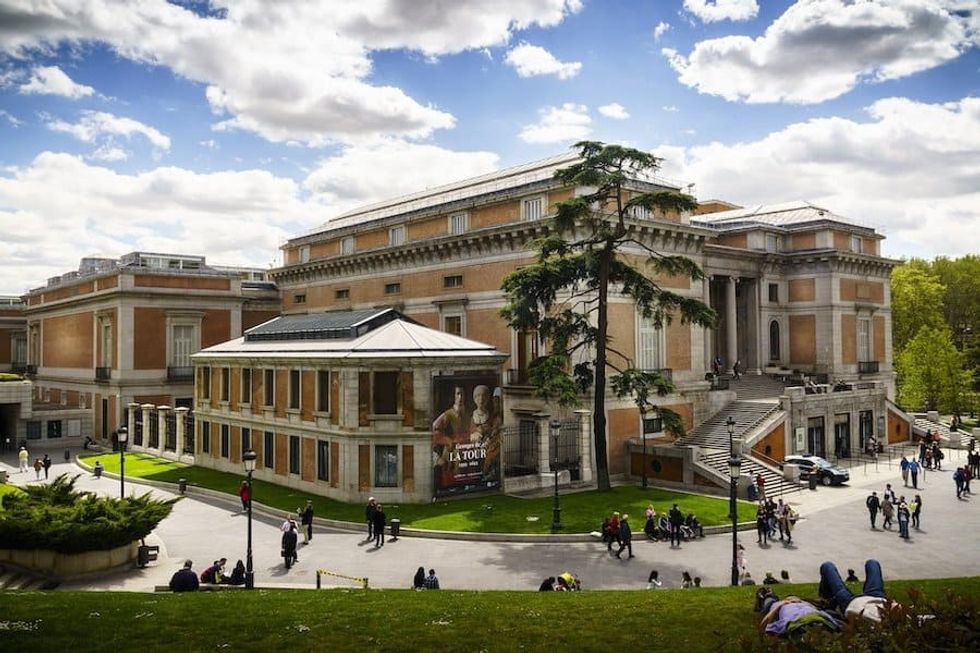


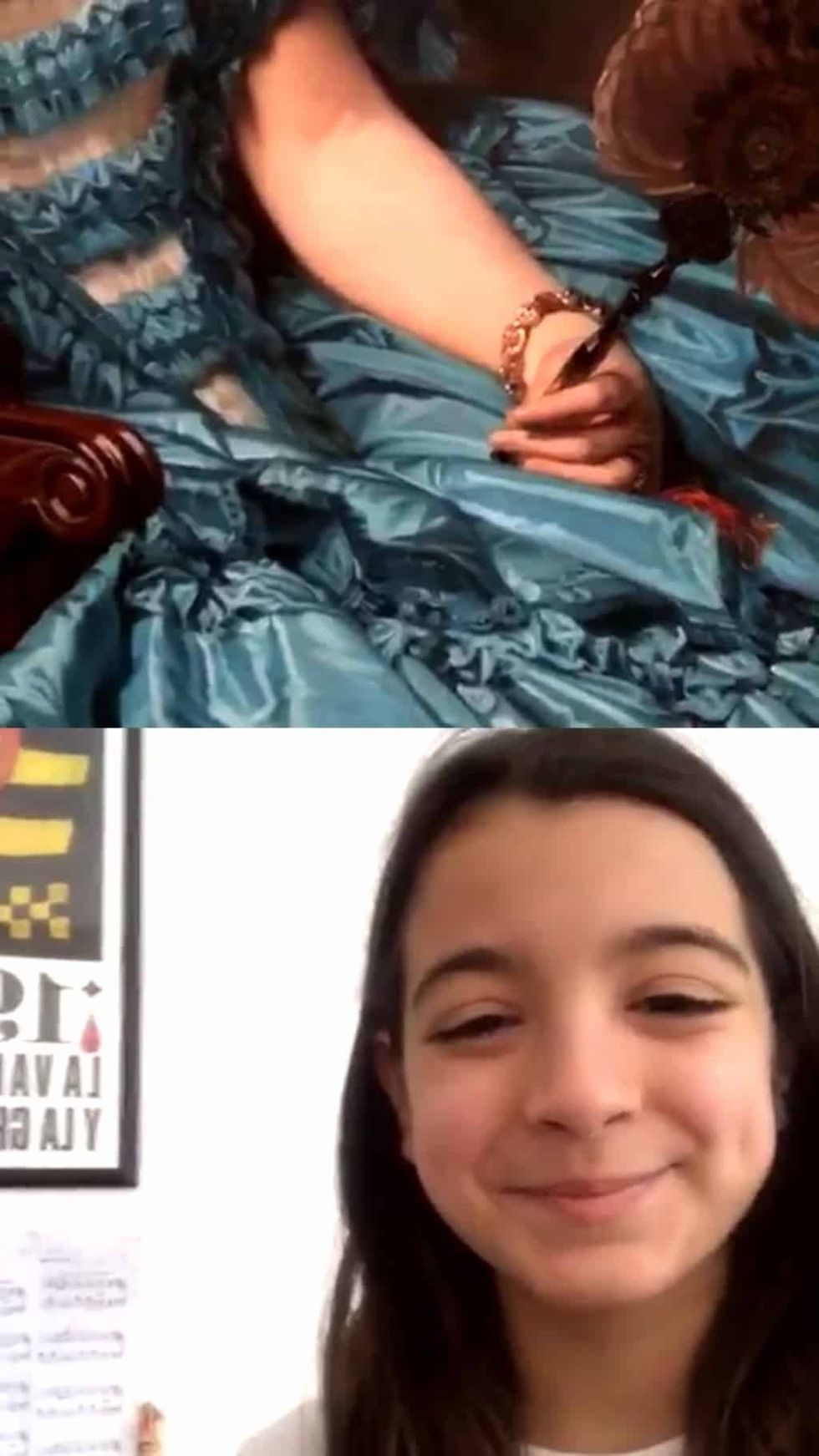
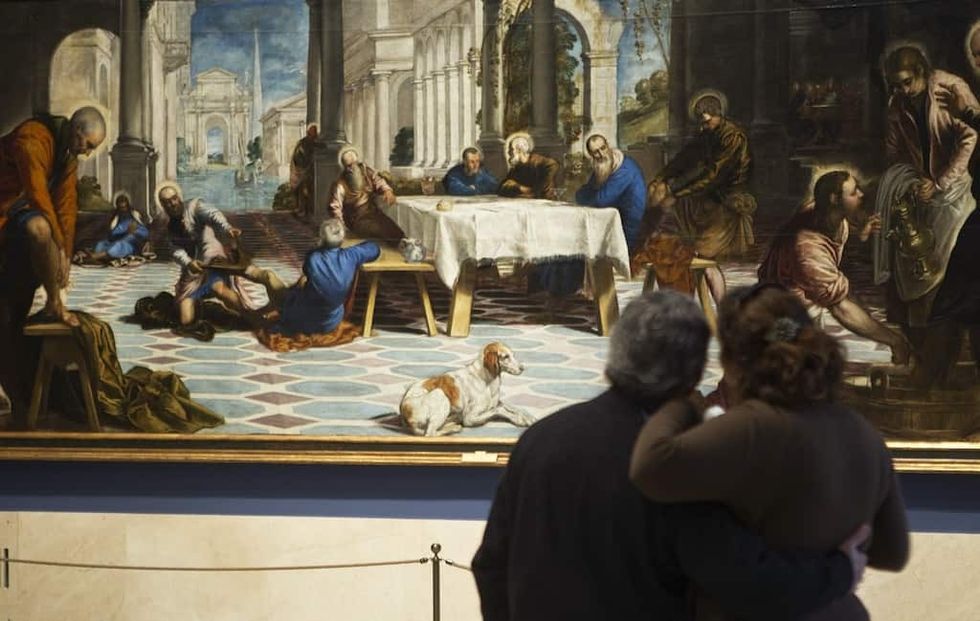

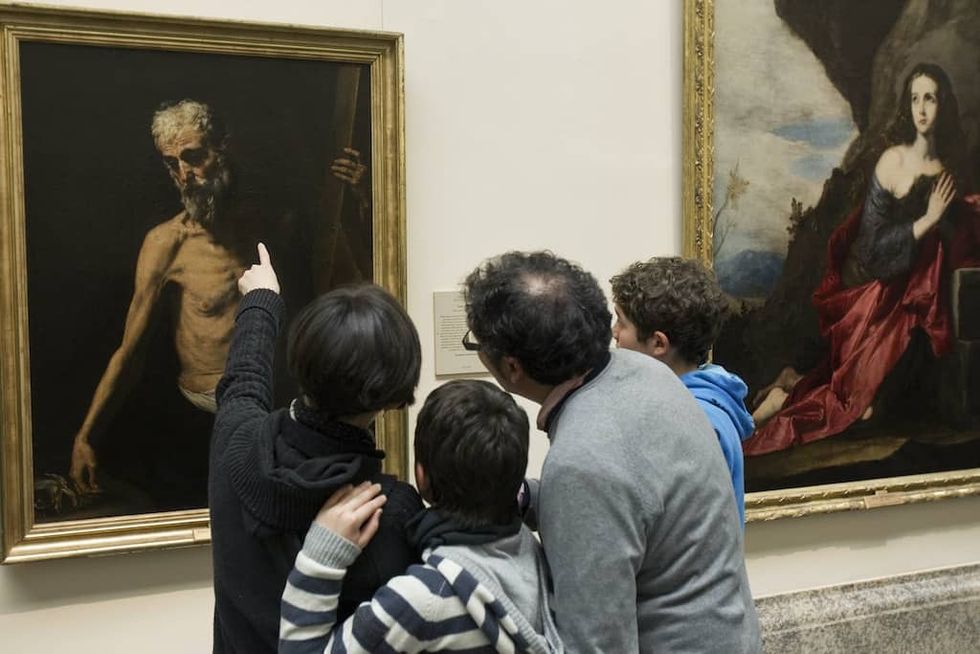
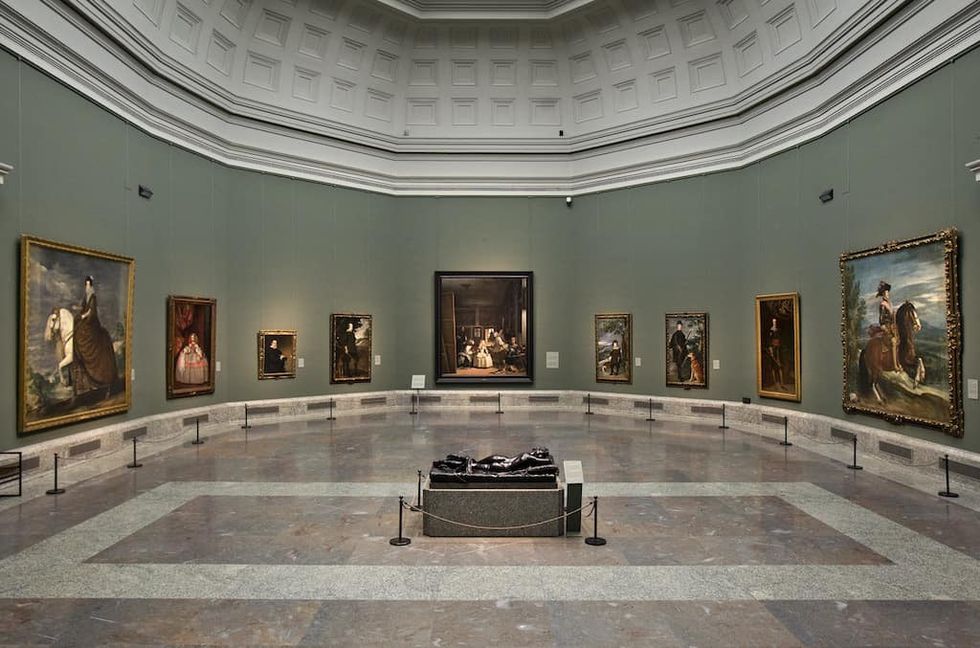

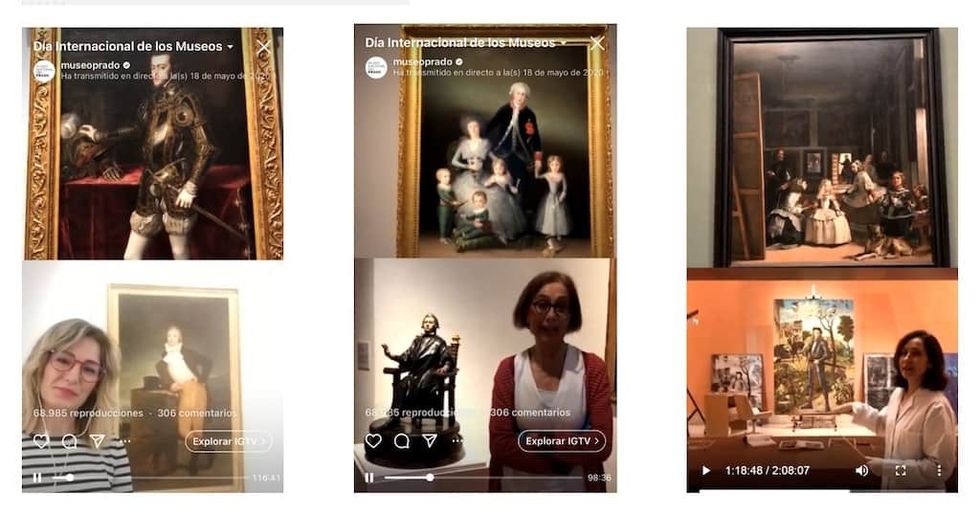

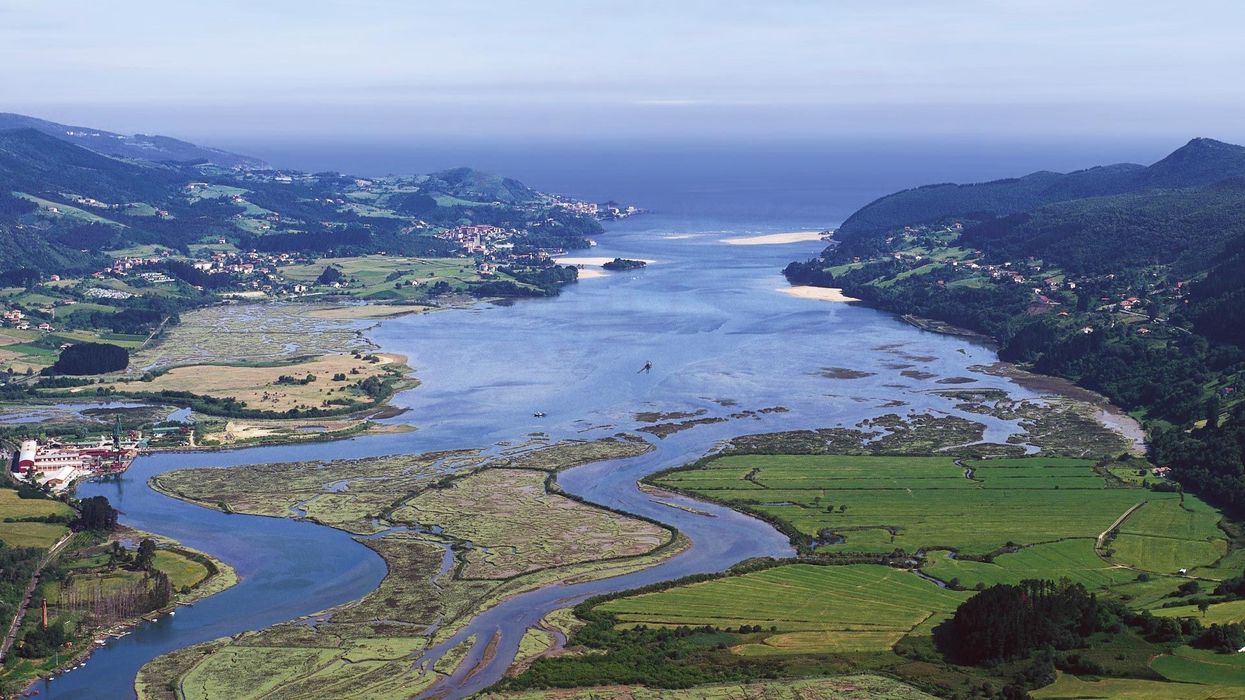
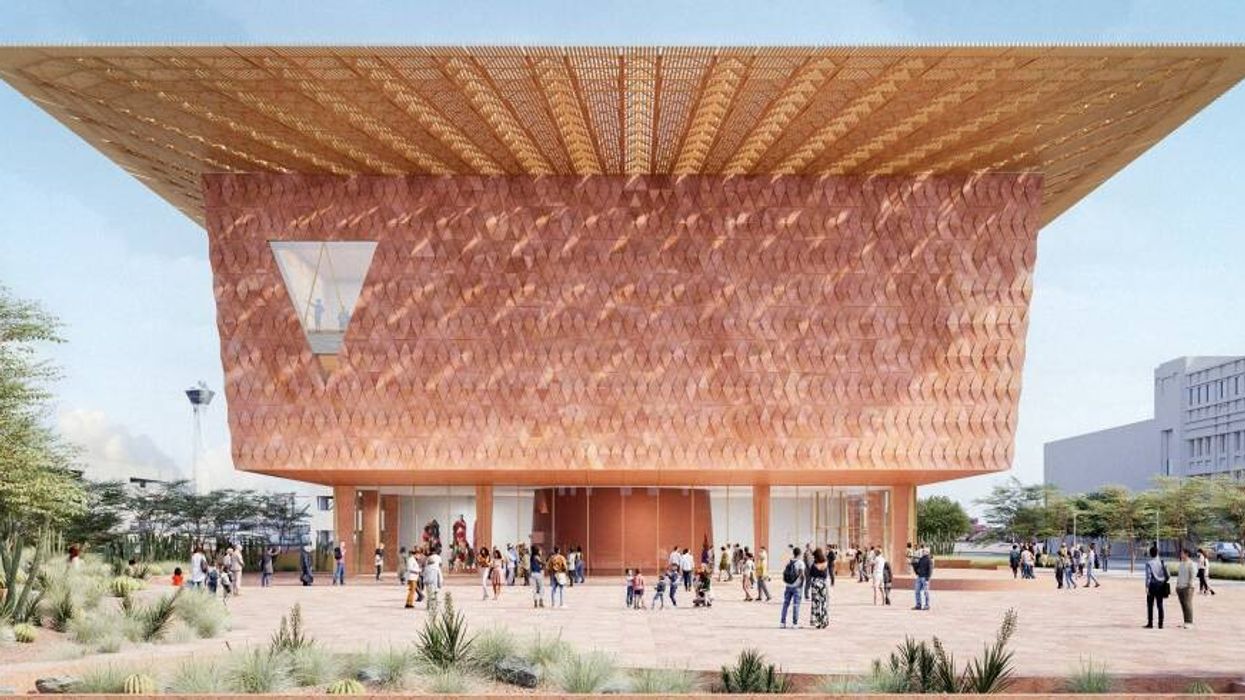


 TM Lim and Adam Wales
TM Lim and Adam Wales



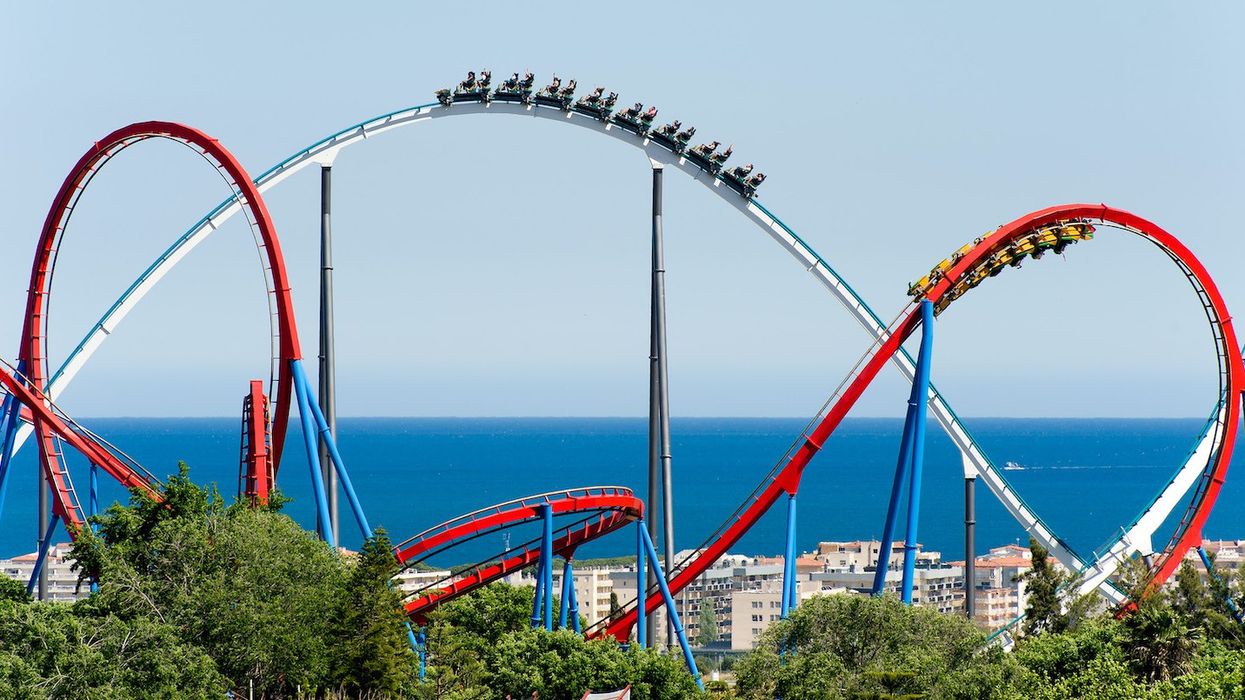



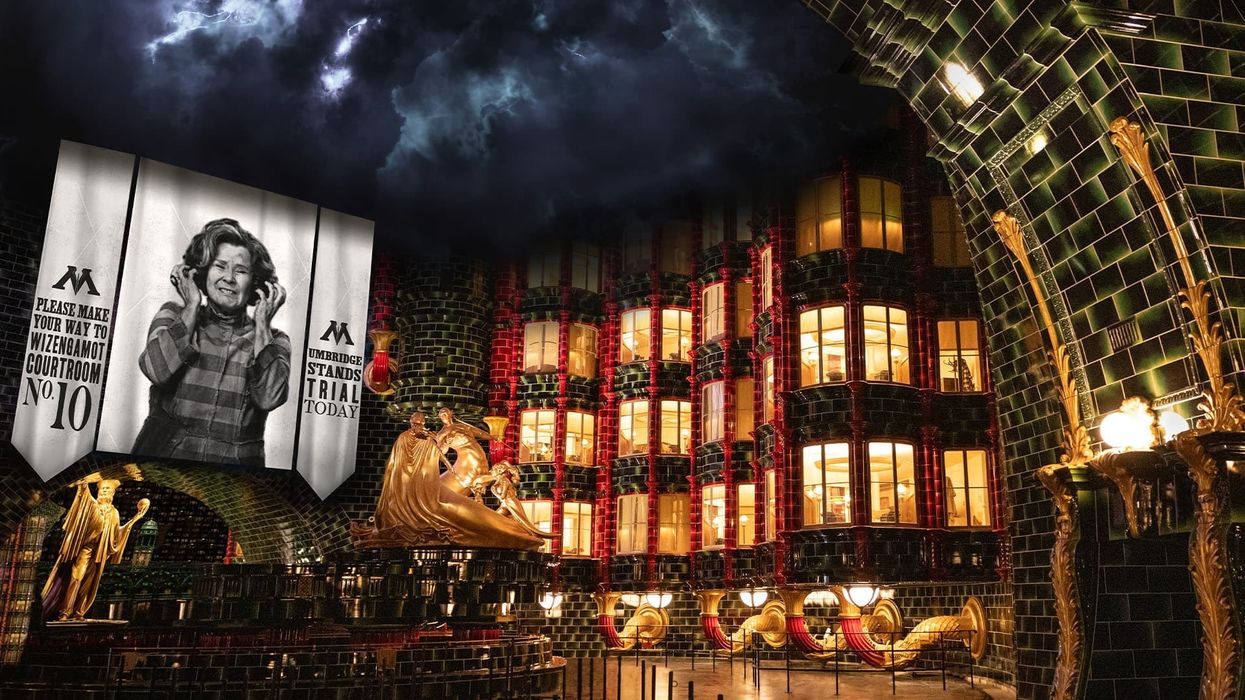

 Toby Harris
Toby Harris Hijingo
Hijingo Flight Club, Washington D.C.
Flight Club, Washington D.C.
 Flight Club Philadelphia
Flight Club Philadelphia Flight Club Philadelphia
Flight Club Philadelphia Bounce
Bounce Hijingo
Hijingo Bounce
Bounce
 Fernando Eiroa
Fernando Eiroa











 Nickelodeon Land at Parque de Atracciones de Madrid
Nickelodeon Land at Parque de Atracciones de Madrid Raging Waters
Raging Waters  Mirabilandia's iSpeed coaster
Mirabilandia's iSpeed coaster Parque de Atracciones de Madrid
Parque de Atracciones de Madrid Ferracci at the ribbon-cutting ceremony for Nickelodeon Land at Mirabilandia, with (left) Marie Marks, senior VP of global experiences for Paramount and (cutting the ribbon) Sabrina Mangina, GM at Mirabilandia
Ferracci at the ribbon-cutting ceremony for Nickelodeon Land at Mirabilandia, with (left) Marie Marks, senior VP of global experiences for Paramount and (cutting the ribbon) Sabrina Mangina, GM at Mirabilandia Tropical Islands OHANA hotel
Tropical Islands OHANA hotel Elephants at Blackpool Zoo
Elephants at Blackpool Zoo  Tusenfryd
Tusenfryd
 Andrew Thomas, Jason Aldous and Rik Athorne
Andrew Thomas, Jason Aldous and Rik Athorne







